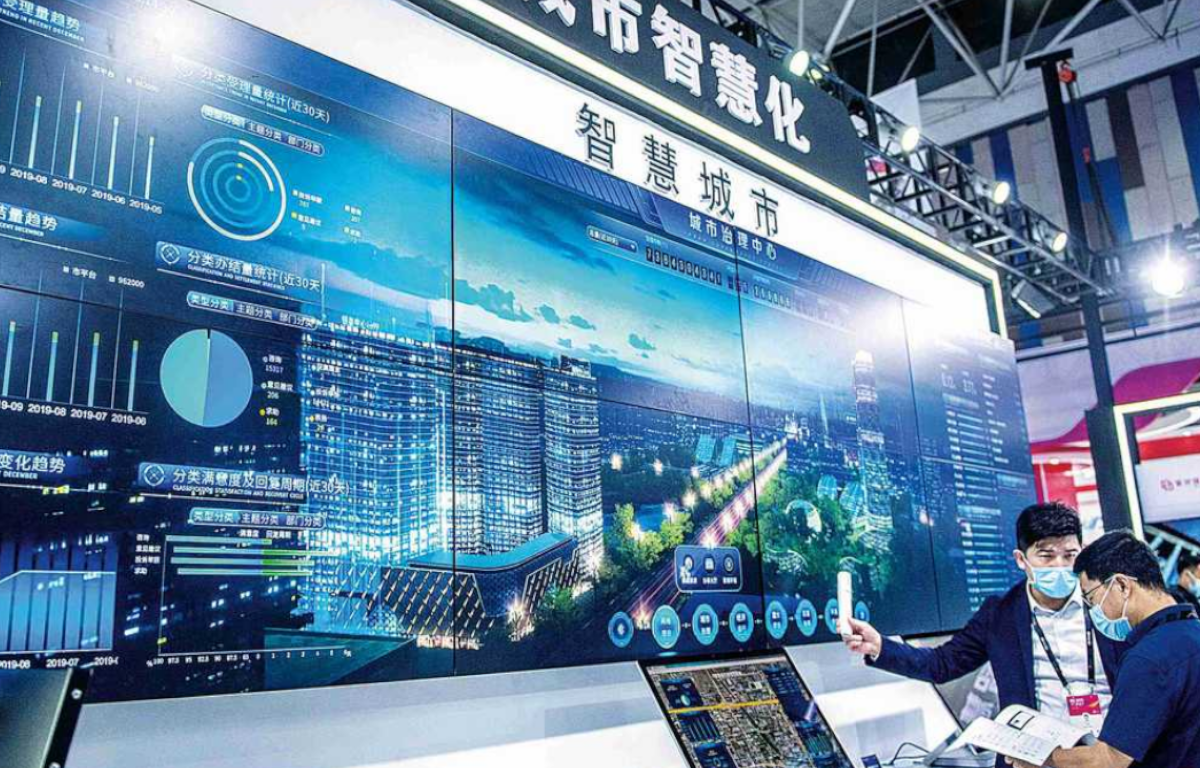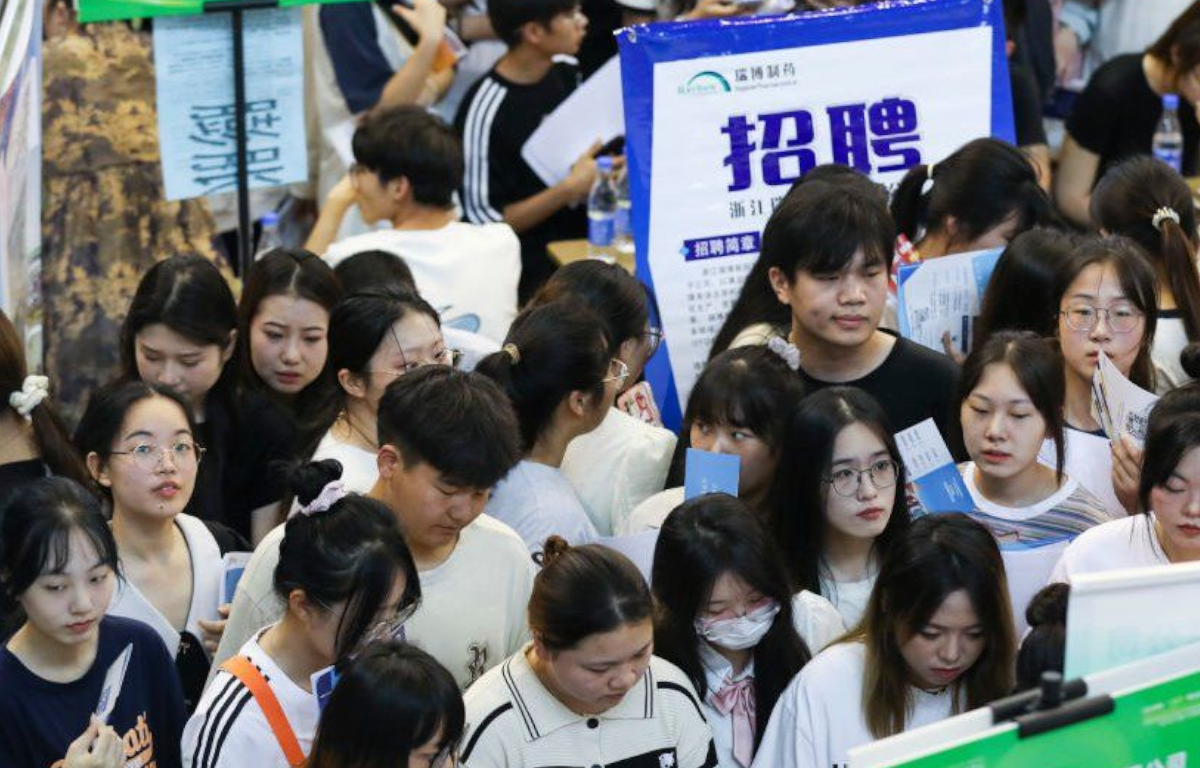
The once-promising horizon of China’s automotive industry is undergoing a remarkable transformation, presenting a new set of challenges for automakers. In this article, we delve into the intricacies of the changing landscape, shedding light on the growing concerns that automakers are grappling with and exploring potential pathways to navigate this evolving terrain.
China’s economic slowdown has cast a shadow over various industries, and the automotive sector is no exception. The shift in consumer behavior from lavish spending to cautious consumption has hit car sales significantly. In an era where essentials take precedence, automobiles are facing competition for the limited share of consumers’ wallets.
The tale of China’s automobile market, once characterized by boundless growth, now confronts the reality of saturation. The initial frenzy of first-time car buyers has tapered off, leading to fewer untapped consumers. This shift in the market dynamics compels automakers to rethink their marketing strategies, focusing on customer retention rather than acquisition.
Government policies aimed at promoting electric vehicles (EVs) have introduced a labyrinth of regulations for automakers. While the push for greener transportation is commendable, compliance has proven to be a challenge for foreign companies. These policies have necessitated a strategic overhaul, pushing automakers to invest more in EV development and aligning their offerings with the regulatory landscape.
The Chinese automobile market’s cutthroat competition presents another layer of complexity. Both domestic and foreign manufacturers vie intensely for market share, driving down prices and profitability. This fierce rivalry urges automakers to not only compete on pricing but to enhance the intrinsic value of their vehicles through innovation, technology, and customer-centric features.
Geopolitical tensions add a further dimension of uncertainty to the landscape. Evolving trade dynamics and diplomatic relationships can disrupt supply chains, alter import-export dynamics, and impact market access. The shifting sands of international relations underscore the need for automakers to build resilient supply chains and remain adaptable to unforeseen changes.
In this challenging environment, automakers can steer through the complexities by adopting a multi-faceted approach. Embracing the government’s EV push, localizing operations to align with regulations, prioritizing customer-centric innovation, diversifying revenue streams into mobility services, and bolstering supply chain resilience are all strategies that can help automakers not only weather the storm but also thrive in the ever-evolving Chinese automotive market.
The metamorphosis of China’s auto market is a tale of change, challenges, and opportunities. While hurdles like economic slowdown, market saturation, regulatory complexities, fierce competition, and geopolitical uncertainties abound, strategic adaptation can be the key to success. As automakers navigate this new landscape with resilience and innovation, they stand a chance to not only survive but also emerge stronger in a market that continues to redefine itself.










Share this: